
VOLVO V60 (2010-13) 5DR ESTATE 2.0 D3 DPF 163 ES GTRON AUTO6
The VOLVO V60 (2010-13) 5DR ESTATE 2.0 D3 DPF 163 ES GTRON AUTO6 is a stylish, practical estate car designed with versatility and safety in mind. As part of Volvo’s renowned lineup, it’s a popular choice among families and those needing extra space for luggage or outdoor gear, thanks to its spacious interior and versatile 5-door design. This model stands out in the UK market for its balance of comfort, reliability, and fuel efficiency, making it an excellent option for daily commuting, long-distance trips, or even as a dependable family vehicle.
What makes the VOLVO V60 noteworthy is its reputation for safety and solid build quality, along with a smooth automatic transmission and efficient diesel engine. It often appeals to drivers seeking a vehicle that combines practicality with a touch of Scandinavian style. Compared to rivals, the V60 is known for its refined driving experience and strong safety features, making it a dependable choice. With an average mileage of around 120,250 miles and a typical private sale value of approximately £3,813, this used model offers excellent potential for those looking for a quality estate car at a reasonable price. Whether for everyday use or longer road trips, the VOLVO V60 (2010-13) 5DR ESTATE 2.0 D3 DPF 163 ES GTRON AUTO6 is a compelling option in the used car market.

average use
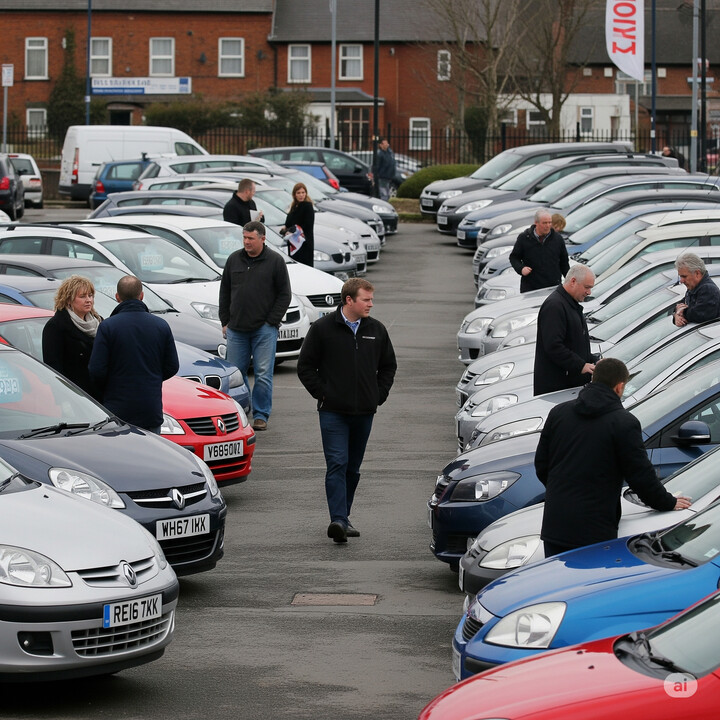
The recent mileage data for the Volvo V60 (2010-13) 5DR ESTATE 2.0 D3 DPF 163 ES GTRON AUTO6 indicates that, among the sampled vehicles, approximately one-third each have recorded mileages in the ranges of 100,000 to 110,000 miles, 110,000 to 120,000 miles, and 140,000 to 150,000 miles. Notably, there is a gap in the data for the 120,000 to 130,000 mile range, suggesting either fewer vehicles fall within that bracket or limited data coverage. Overall, the most common recorded mileages are around the 100,000 to 120,000 mile mark, with a significant proportion also at higher mileages above 140,000 miles.

vehicle values
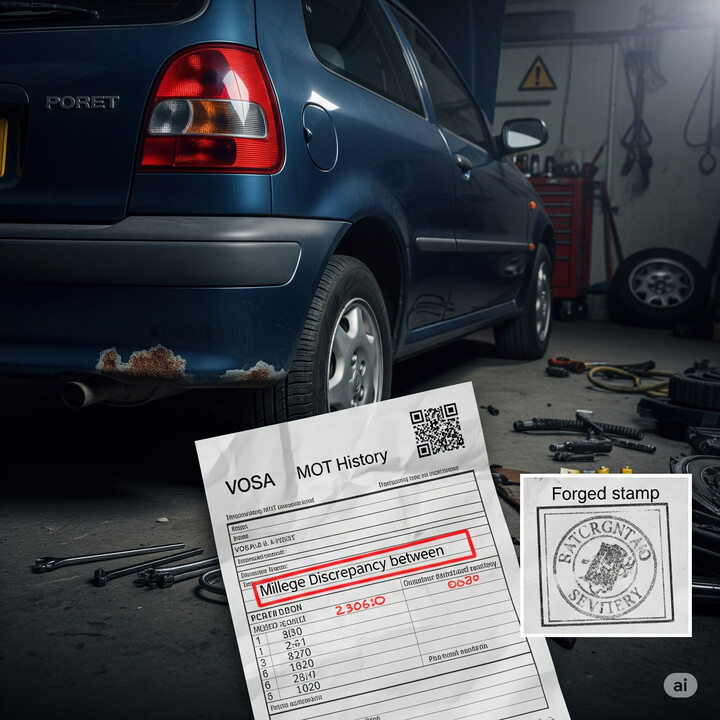
Based on the private sale valuation data for the Volvo V60 (2010-13) 5-door estate 2.0 D3 DPF 163 ES GTRON AUTO6, the majority of private sale prices fall within the £4,000 to £5,000 range, accounting for approximately 66.7% of the sample. A smaller proportion, 33.3%, are valued between £2,000 and £3,000. This suggests that most private sales of this model tend to be priced in the mid-range of this valuation spectrum, indicating a common market valuation around the £4,000 to £5,000 mark for private sellers.

production years
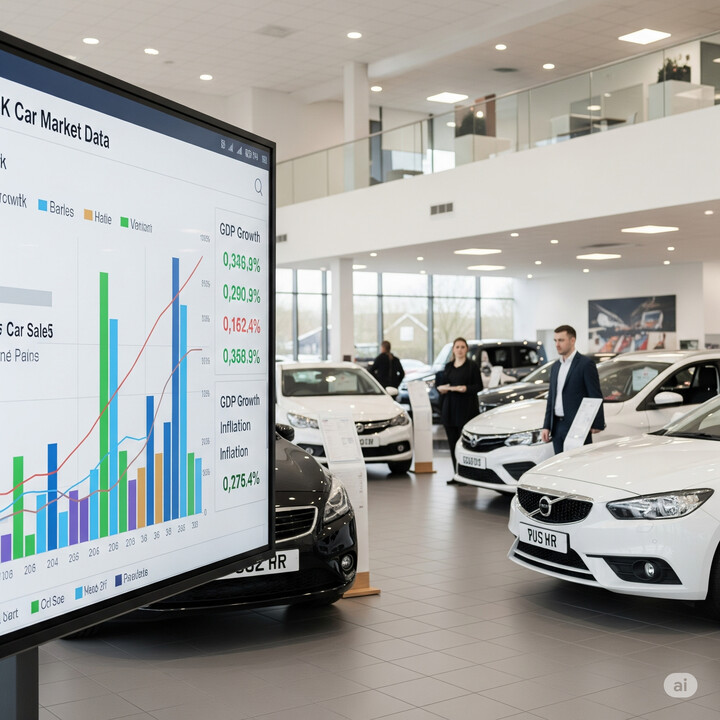
The data indicates that all vehicles within the sample of Volvo V60 (2010-13) 5DR ESTATE 2.0 D3 DPF 163 ES GTRON AUTO6 are manufactured in the year 2011. This suggests a strong concentration of vehicles of this model and specification being produced in that particular year, which could reflect production cycles or market availability during that period.

colour popularity
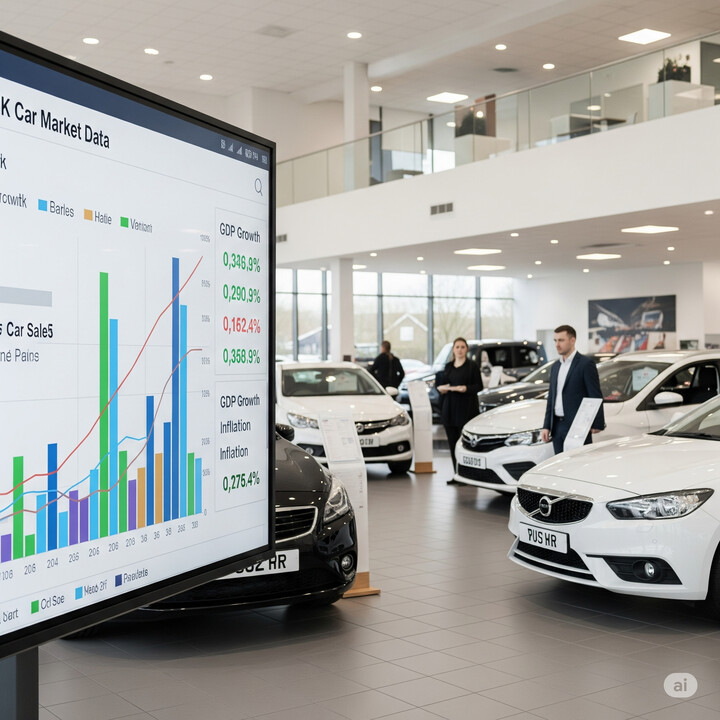
The data indicates that the main paint colour for the Volvo V60 (2010-13) 5DR Estate 2.0 D3 DPF 163 ES GTRON Auto6 model is predominantly grey, accounting for 66.7% of the fleet. Meanwhile, blue is less common, representing 33.3%. The significant skew towards grey suggests it is the most popular or default colour choice for this vehicle during that period.

ownership cycle
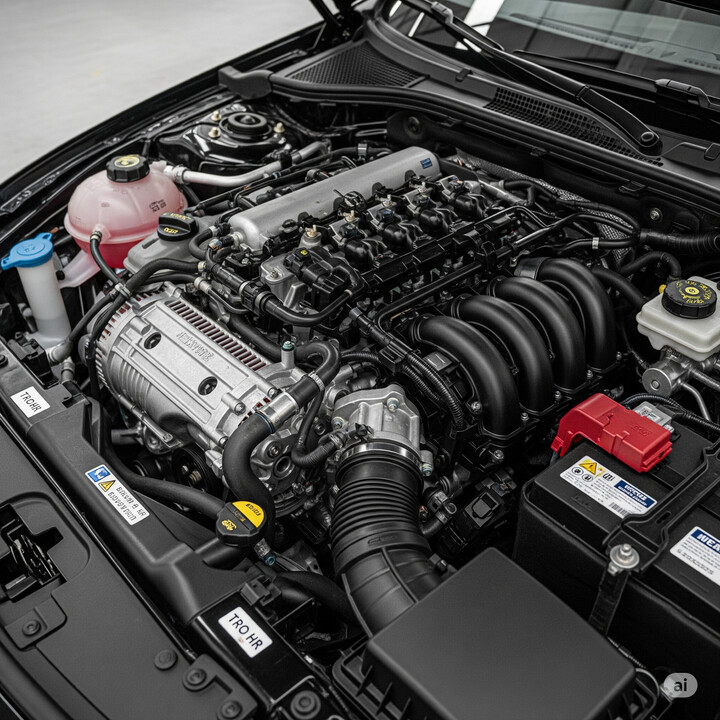
The data indicates that the vehicle model "VOLVO V60 (2010-13) 5DR ESTATE 2.0 D3 DPF 163 ES GTRON AUTO6" has been registered with three different numbers of keepers: 2, 5, and 6. Interestingly, the registrations are evenly distributed among these three figures, each accounting for approximately one-third of the sample. This suggests a fairly diverse ownership history, with some vehicles changing hands relatively quickly and others remaining with fewer owners over time.

engine choices

Based on the data for the Volvo V60 (2010-13) 5DR Estate 2.0 D3 DPF 163 ES GTRON Auto6, all vehicles are equipped with a 1984cc engine, indicating a consistent engine capacity across the sample. Additionally, 100% of these vehicles utilize diesel as their primary fuel type. This uniformity suggests that this model's engine specifications and fuel type are standardized, which may be useful for potential buyers or fleet operators seeking specific engine and fuel characteristics.












